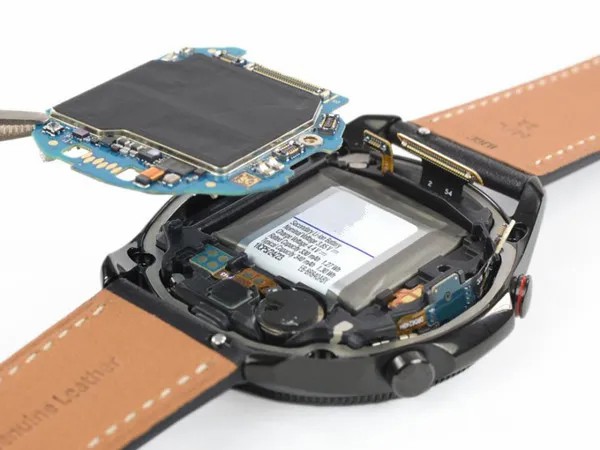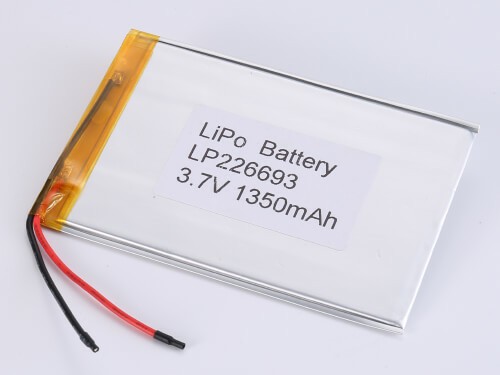Lithium Polymer (LiPo) batteries, much like chameleons in the world of technology, store significant energy and adapt flexibly to various sizes and shapes. Similar to how chameleons adjust their colors and textures to their surroundings, LiPo batteries change shape based on electronic device design requirements, merging smoothly into portable electronics and providing robust, adaptable power.
In the pursuit of more efficient, portable electronics, why aren’t we opting for lightweight, powerful, and malleable energy sources? Lithium polymer batteries can be said to be the solution we have been looking for.
Advantages of lithium polymer batteries
Lithium polymer batteries are key to contemporary electronics due to their high energy density, light weight and shape adaptability. These batteries can be made in almost any size and shape, suitable for a range of devices from ultra-thin smartphones and wearables to large drones and specialized electronics.
The secret to LiPo batteries’ ability to store large amounts of electricity in a small volume lies in the lithium compounds they use. This lithium compound is like the heart of the battery, lightweight yet full of energy, making the battery both lightweight and efficient. The electrode design of these batteries is also optimized to store more lithium ions, acting like a cleverly designed warehouse to maximize storage space.
In addition, their low internal resistance means almost no energy is wasted during use, like a smooth highway, ensuring that energy flows quickly and efficiently. These features combine to make LiPo batteries ideal for being small, efficient, and energy-dense.
They provide stable power, low self-discharge and longer service life, which are critical for high-energy applications. Additionally, their lighter weight compared to other lithium batteries is crucial to enhance device portability and reduce overall weight, making lithium polymer batteries a valuable energy solution for everyday and professional use.
Common lithium polymer battery voltages
3.7 V li po battery: The standard for single-cell lithium polymer batteries, used in cell phones, tablets, cameras, and portable electronics due to their high energy density.
7.4 V li po battery: Typically two 3.7V batteries in series, used in higher voltage and energy devices such as small drones and remote control cars.
11.1 V li po battery: Three 3.7V batteries connected in series, suitable for applications that require more power and endurance, such as large drones and professional photography equipment.
14.8 V and above: Made from series-connected 3.7V cells, suitable for high-performance devices such as large drones and advanced remote-controlled cars.
The flexibility of lithium polymer batteries
Unlike the hard shell of traditional lithium-ion batteries, lithium polymer batteries come in thin, flexible packaging. This allows for a variety of shapes and sizes without sacrificing performance, making it a first choice for everything portable electronics, from cell phones to digital watches. They use space efficiently and are lighter than other lithium batteries, enhancing portability.
Customized lithium polymer battery
Pknergy Lipo battery manufacturers offer customization for specific energy density, shape, size or output needs. This ensures the batteries meet customer specifications and requirements, highlighting the value of lithium polymer batteries in diverse and specialized applications.
Post time: Dec-21-2023



